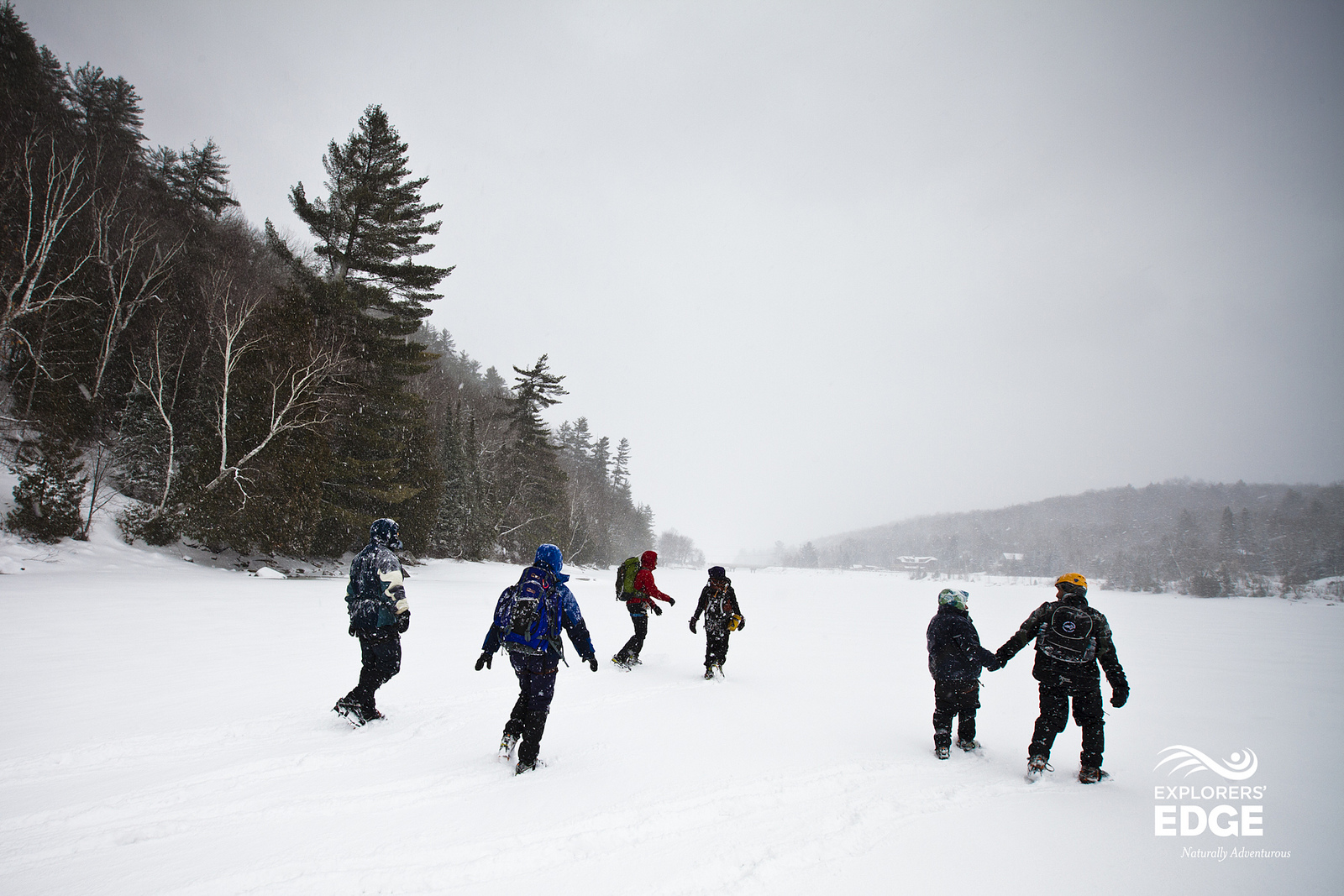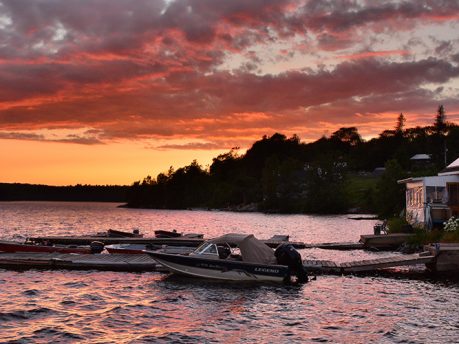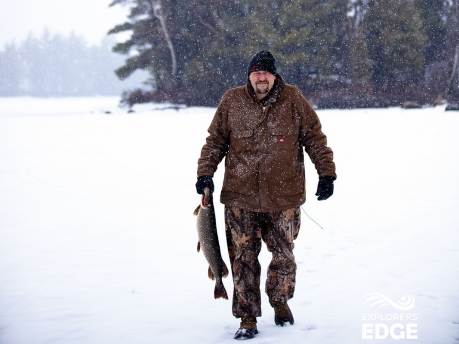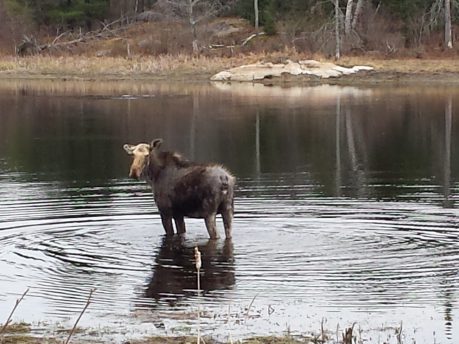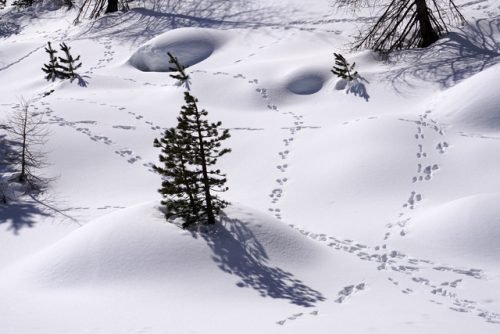
Tracking wildlife in winter can be as simple as following fresh tracks in the snow. While you may not end up coming face to face with the animal, is it sure to be an adventurous outing. Children love learning about the various different tracks and “Who made them”. Getting outside in the crisp winter air, either on cross-country skis or snowshoes can help you explore the sights and sounds of winter. There is something magical about the forest in winter, the trees dusted in snow, and the once open expanse of water now blanketed in white. If venturing out on the ice, it is best to confirm with knowledgeable people in the area if it is safe to do so. You can also hire a guide to take you out into the bush to explore.
Some local outfitters are very experienced in the art of tracking/trapping, and winter wildlife activity. They can tell you what animal made the track, as well as more information about them.
These guided winter treks are a great opportunity for some spectacular photography of our wilderness region.
The best time to get outside and track wildlife is the morning after a snowstorm, provided the snow has stopped. Most wildlife are nocturnal or more active at night. Their tracks in the freshly fallen snow will give you a clue as to how they travel and what species they are. Every track tells a story, while the woods may look quiet and sleepy in the winter it is actually as vibrant and alive as in the summer season. In the company of a guide you can learn which direction the animal was headed, if it was running or in a happy baseline gait. So grab your camera, and warm winter toque, strap on some snowshoes and head outside to track down your next winter memory.

